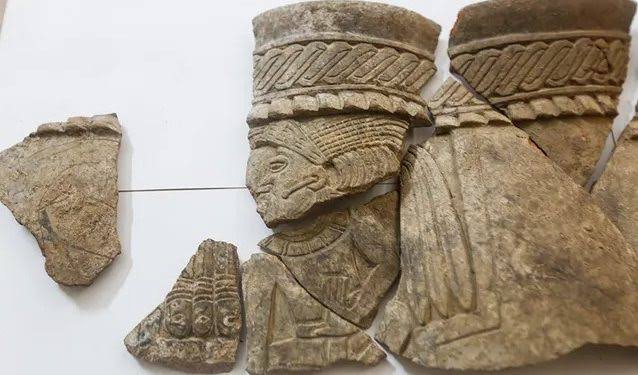For thousands of years, the powerful Maya civilization managed to build an empire in which they developed advanced techniques in architecture, astronomy, mathematics and agriculture.
For this reason, the collapse it suffered in only hundreds of years is a subject that still intrigues researchers of this culture.
In the 9th century, the Maya faced a crisis during which several of their cities were abandoned and dynasties came to an end.
And although they remained beyond that period, their political and economic power was never the same.
The Maya were characterized by their monumental architecture.
Some of them are related to invasions, wars, epidemics and conflicts on trade routes.
Environmental factors could also have been determinant and although they have always been included among the possible causes of the collapse, they have not been precisely quantified. Only in recent decades has it been possible to begin to study them in detail.
Now, a new study claims to have evidence that a severe drought may have helped seal the fate of the Maya civilization.

The history of water
Previously, studies had already shown that the decline occurred during a period of drought, but how dry that period had been had not been measured.
Now, to get more details, researchers from the University of Cambridge (England) analyzed the water of Lake Chichancanab, located 70 kilometers from the Mexican city of Merida, in the Yucatan Peninsula, where the Mayan civilization was based.
In their study, the experts analyzed the mud layers at the bottom of the lake to “reconstruct” the history of the Chichancanab water between the years 800 and 1000, which was when the Maya had their decline.
The mineral composition of the samples they analyzed allowed them to conclude that during the period they analyzed, rainfall was reduced by an average of 50% and in some cases by up to 70%.
The drought could have affected agriculture and the entire Maya society.
The scientists were also able to identify a 3% to 8% decrease in relative humidity compared to today.
“A drought has the potential to trigger many of the problems that can cause stress in a civilization,” Nicholas Evans, one of the study’s authors, told The Washington Post.
According to the authors, these data show, for the first time, how long and severe the drought faced by the Maya was, which may be useful to learn more about the impact it may have had on their agriculture and social organization, as well as to better understand why they disappeared.
TYT Newsroom


